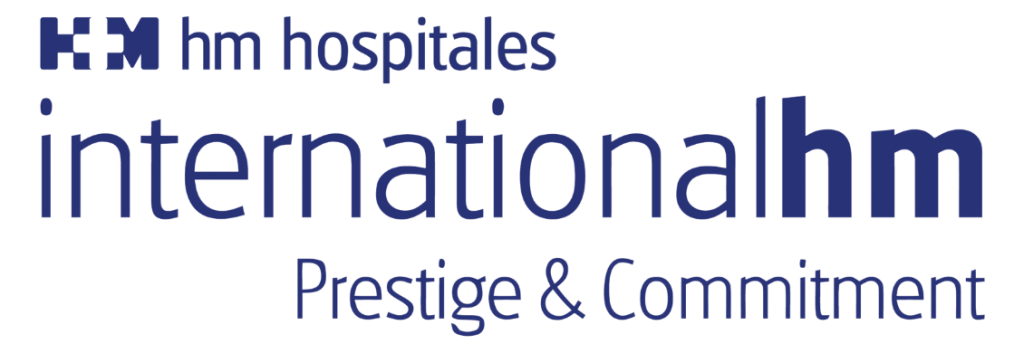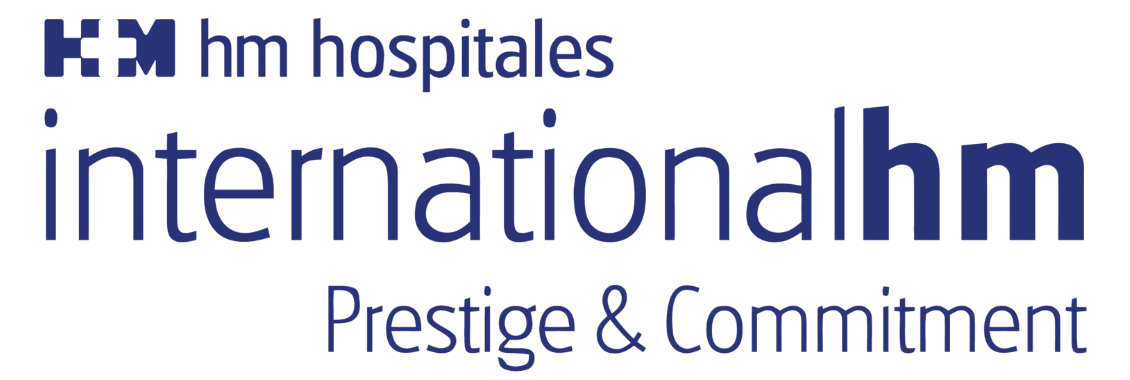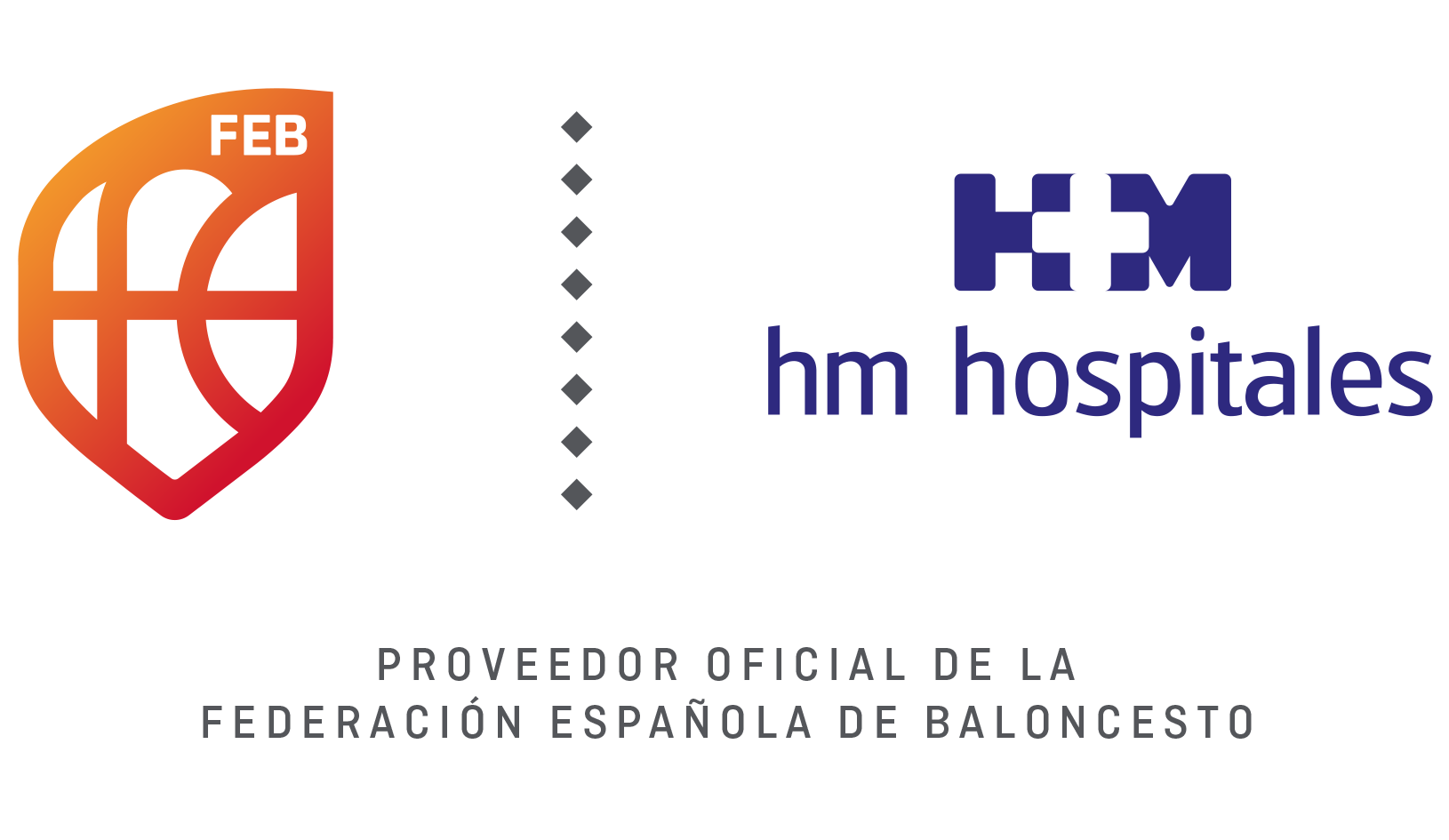The Maternity Unit at HM Nou Delfos will begin practising External Cephalic Version (ECV), a manoeuvre performed during the final weeks of pregnancy when the baby is in breech position (bottom or feet first in the birth canal) to guide it into the correct position. This is estimated to reduce the number of caesareans for this reason by up to 50%, improving women’s birth experiences by giving them the opportunity to choose how to deliver their baby when the health of both allows.
HM Nou Delfos is one of the few private healthcare centres in Barcelona offering this service. The HM Hospitales reference hospital in Catalonia opened its new Maternity Unit about a year ago with the aim of placing mother and baby at the centre of the care process, providing comprehensive care in an environment of wellbeing and trust, while prioritising respect for the woman, her ability to make informed decisions and a deep understanding of birth physiology. In this sense, ECV allows the mother to attempt a vaginal birth, which is successful in about half of cases.
ECV is a procedure where the obstetrician – who must be specially trained – gently but firmly presses the mother’s abdomen to safely and effectively encourage the baby to change position. An ultrasound will first be performed to confirm the baby’s abnormal position and ensure all requirements for ECV are met, and another during the manoeuvre to constantly monitor the baby’s heart rate. After completion, another ultrasound confirms whether the baby has turned.
Dr Carmen Medina, one of the coordinators of HM Nou Delfos Maternity Unit and an ECV specialist, explains that “it’s a safe procedure for mother and baby when conditions are right. It may cause some discomfort for the mother, but is generally well tolerated. We administer medication to relax the uterus and facilitate the manoeuvre, and if needed, offer comfort measures to ensure both mother and baby’s wellbeing.”
It affects 4% of full-term babies
Currently, breech presentation – when the baby is bottom or feet first in the birth canal – is the most common abnormal position, occurring in about 4% of full-term foetuses. In most such cases, a caesarean is scheduled for the birth. Dr Medina explains that “our experience recommends trying to turn the baby and attempt a vaginal birth because it’s more physiological and the mother recovers faster than from a caesarean. Without doubt, the birth experience improves significantly.” She adds that “currently, with ECV we’ve reduced our caesarean rate by 50-60%, as our years of clinical practice in this area allow us to assess each case individually and select the best options for success.”
Risk factors
The causes of breech presentation are multifactorial – there’s no single reason – though various factors may influence it including the mother’s age, baby’s size, amount of amniotic fluid (chances increase if there’s too little as this prevents the foetus turning late in pregnancy), umbilical cord length (if too long it may wrap around the baby, if too short may prevent the head-down position), or the size/shape of the uterus or pelvis.
Dr Julio García Prieto, Medical Director of HM Nou Delfos, states that “having specialists trained in ECV who can offer expectant mothers the possibility of avoiding caesarean is very important to us because our goal is to support women throughout pregnancy and agree all interventions with them after proper information. The HM Nou Delfos Maternity Unit was founded on the principle of respecting what it means to be a mother and meeting all families’ needs.”
Meanwhile, HM Hospitales’ Regional Director for Catalonia, Dr Lidón Millá, believes that “being one of the few private centres in Barcelona offering this Service gives us a distinctive element in caring for expectant mothers that can completely transform their birth experience. It also confirms that putting mother and baby at the centre of care isn’t just words for us – it’s reality. We share all decision-making with the family.”











